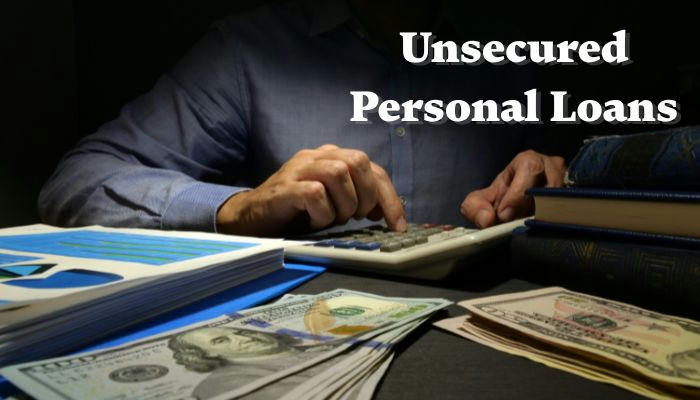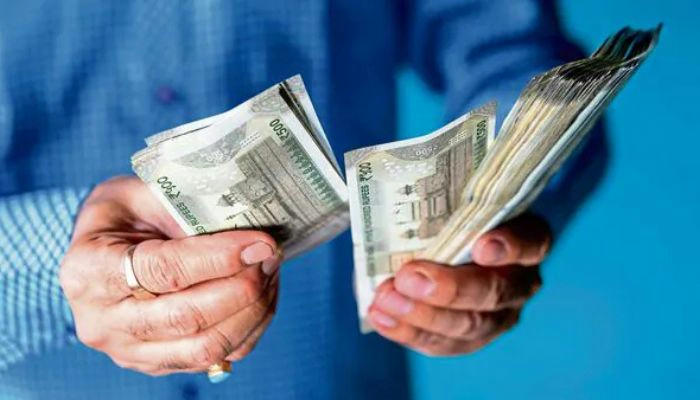Understanding Unsecured Personal Loans: What to Know Before You Apply
When you need extra funds—whether for consolidating debt, paying for home improvements, or covering an emergency—an unsecured personal loan may offer a flexible solution. These loans are available without requiring any collateral, which can make them accessible for borrowers with stable income and good credit.
Here’s a detailed guide on what unsecured personal loans are, how they work, and when they might be the right choice.

What Is an Unsecured Personal Loan?
An unsecured personal loan allows you to borrow money without pledging assets like your home or vehicle. That means if you fail to repay, the lender cannot automatically seize any property. Approval is based largely on your creditworthiness, income, and debt-to-income ratio.
Compared to secured loans, unsecured options usually come with higher interest rates and lower borrowing limits, since the lender is taking on more risk.
Common Reasons to Use an Unsecured Loan
Unsecured personal loans can be used for a wide range of purposes. Some of the most frequent uses include:
● Debt Consolidation
Multiple high-interest credit cards can be replaced by one fixed-rate loan. This simplifies repayment and may lower overall interest, especially if your credit score qualifies for favorable terms.
● Credit Card Payoff
With credit card APRs averaging over 24% in early 2025【Source: Bankrate】, using a personal loan at a lower rate can reduce interest costs significantly.
● Medical Expenses
For procedures not fully covered by insurance, such as dental work or elective surgeries, a personal loan can provide timely funding.
● Home Repairs
If you need to fix a leaking roof or replace outdated appliances, an unsecured loan can offer fast access to funds without tapping into home equity.
● Major Purchases
From travel to weddings, these loans offer flexibility to cover larger one-time expenses.
● Emergency Needs
Unexpected car breakdown? Job loss in the household? A personal loan may serve as a short-term financial bridge.
Types of Unsecured Loans
Unsecured financing comes in various forms:
| Type | Description |
|---|---|
| Personal Loans | Lump-sum, fixed-rate installment loans repaid over 2 to 8 years. Loan amounts usually range from $1,000 to $100,000. |
| Personal Line of Credit | Revolving credit with a variable interest rate. Borrow as needed and repay over time. |
| Student Loans | Federal or private loans used for tuition and education-related expenses. Typically unsecured, but with strict repayment terms. |
| Credit Cards | A widely available unsecured credit line, but often with higher interest if not paid in full monthly. |
Why Choose an Unsecured Loan?
Unsecured loans offer multiple advantages:
No Collateral Needed
You don’t risk losing property if you default, although it can still affect your credit.
Fixed Payments
Unlike credit cards, personal loans offer fixed interest rates and predictable monthly payments.
Faster Processing
Approval and funding can take as little as 1 to 5 business days, depending on the lender.
Flexible Use
Funds can be applied to almost any personal expense—no restrictions on how you spend.
Competitive Rates for Strong Credit
Borrowers with high credit scores may qualify for rates significantly lower than credit card APRs.

What Lenders Consider Before Approval
When applying for an unsecured personal loan, lenders typically evaluate:
Credit Score
A score of 700 or higher often unlocks better rates. Some lenders accept scores as low as 580 but at higher interest.
Debt-to-Income Ratio (DTI)
A lower DTI shows that you have room in your budget to manage another payment.
Employment and Income Stability
Lenders want assurance that you have consistent income to repay the loan.
Credit History
A track record of on-time payments builds trust with lenders. Recent bankruptcies or defaults may reduce your chances of approval.
Steps to Apply for an Unsecured Personal Loan
Here’s a general process to follow:
Check Your Credit Report
Use a free credit report service to verify your score and correct any errors.
Compare Lenders
Look into online lenders, banks, and credit unions. Compare interest rates, terms, and fees.
Pre-Qualify If Possible
Some lenders offer prequalification with a soft credit check, allowing you to view potential terms without affecting your credit.
Prepare Required Documents
Most applications will ask for:
Government-issued ID
Proof of income (pay stubs or tax returns)
Proof of address
Bank account information
Submit Application
Once submitted, approvals may take anywhere from a few minutes to a few business days.
Unsecured vs. Secured Loans
| Feature | Unsecured Loan | Secured Loan |
|---|---|---|
| Requires Collateral | No | Yes (home, car, savings, etc.) |
| Risk to Borrower | Credit score impact only | Loss of asset possible if unpaid |
| Interest Rates | Usually higher | Usually lower |
| Approval Requirement | Based on credit & income | Based on credit + asset value |
| Popular Uses | Personal, credit card, medical | Auto loan, mortgage, home equity |
Final Thoughts
Unsecured personal loans can be a helpful tool when used responsibly. Whether you're managing existing debt or funding a necessary purchase, they offer a way to access money without risking your property. As with any financial product, understanding the terms and staying within your repayment ability is key to keeping your credit and finances healthy.
Before applying, take time to assess your needs, compare offers, and read the fine print carefully.
